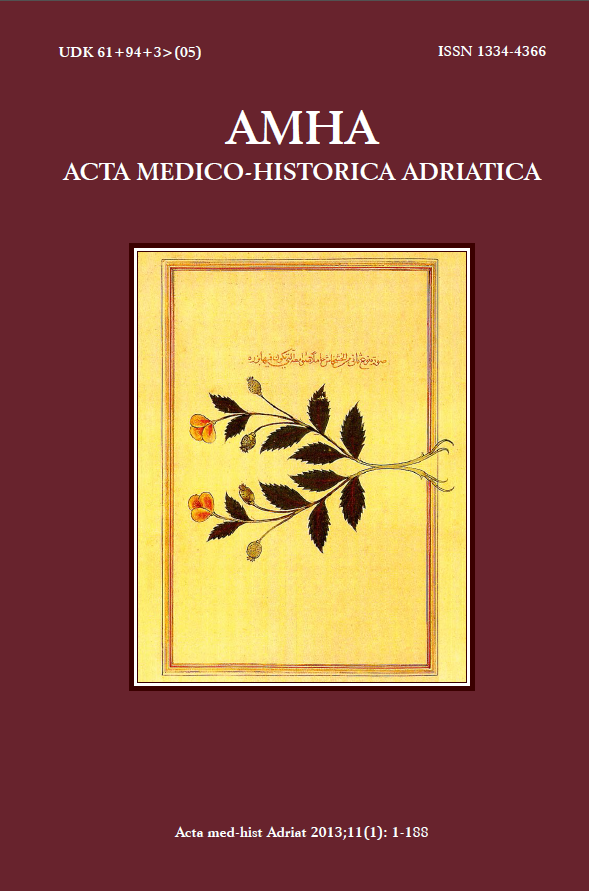EARTHQUAKES AND PLAGUE DURING BYZANTINE TIMES: CAN LESSONS FROM THE PAST IMPROVE EPIDEMIC PREPAREDNESS?
Keywords:
Byzantium, earthquakes, epidemic risk, plagueAbstract
Natural disasters have always been followed by a fear of infectious diseases. This raised historical debate about one of the most feared scenarios: the outbreak of bubonic plague caused by Yersinia pestis. One such event was recorded in the Indian state Maharashtra in 1994
after an earthquake. In multidisciplinary historical approach to the evolution of plague, many experts ignore the possibility of natural foci and their activation. This article presents historical records from the Byzantine Empire about outbreaks of the Plague of Justinian occurring months or even up to a year after high-magnitude earthquakes. Historical records of plague outbreaks can be used to document existence of natural foci all over the world. Knowledge of these historical records and the contemporary examples of plague support the assumption that, in terms of organising humanitarian aid, poor monitoring of natural foci could lead to unpredictable epidemiological consequences after high-magnitude earthquakes.


